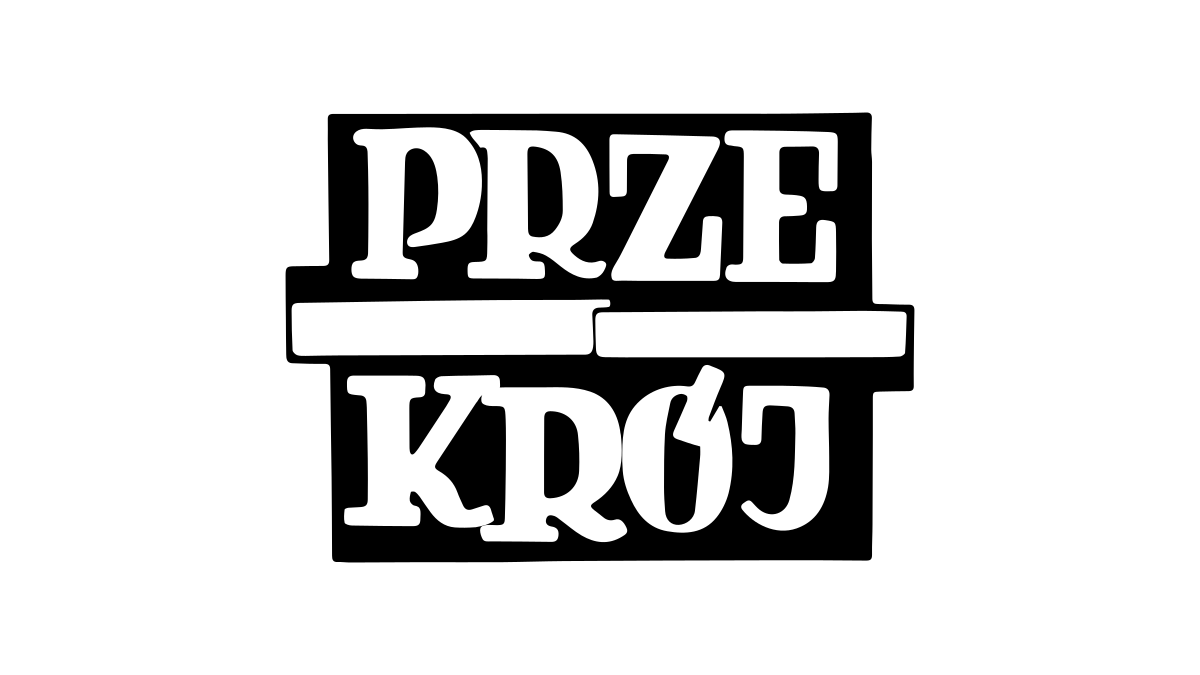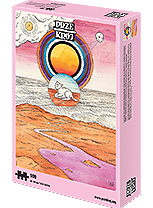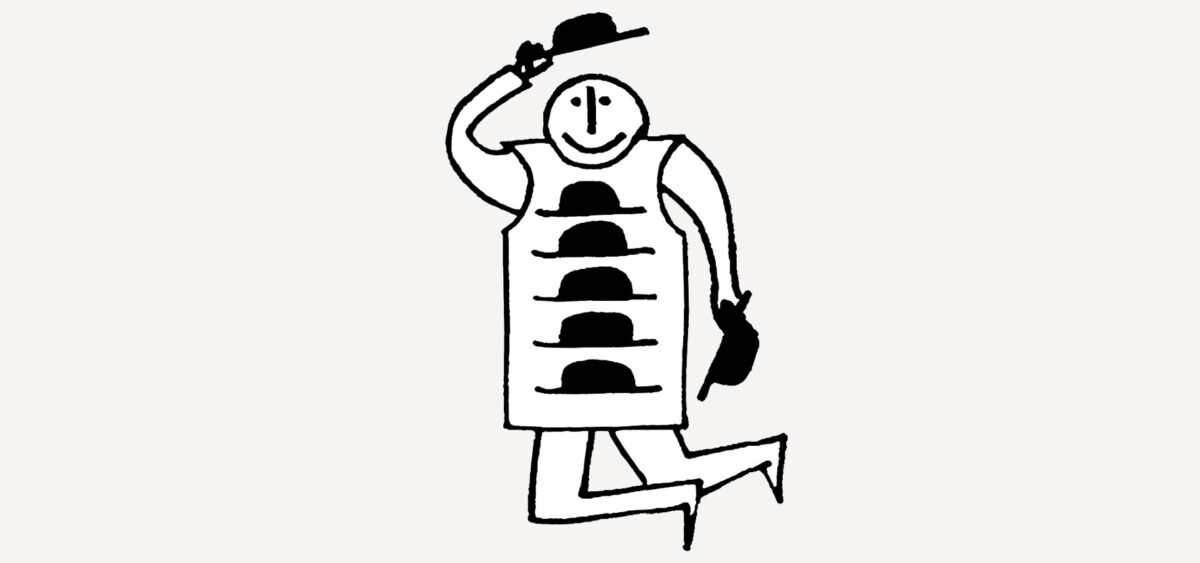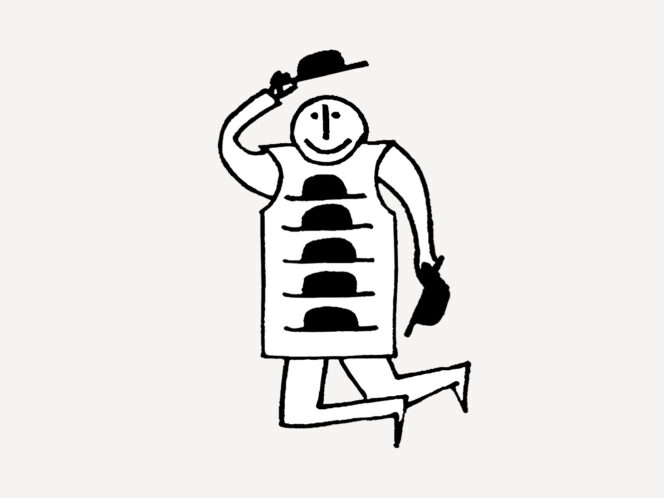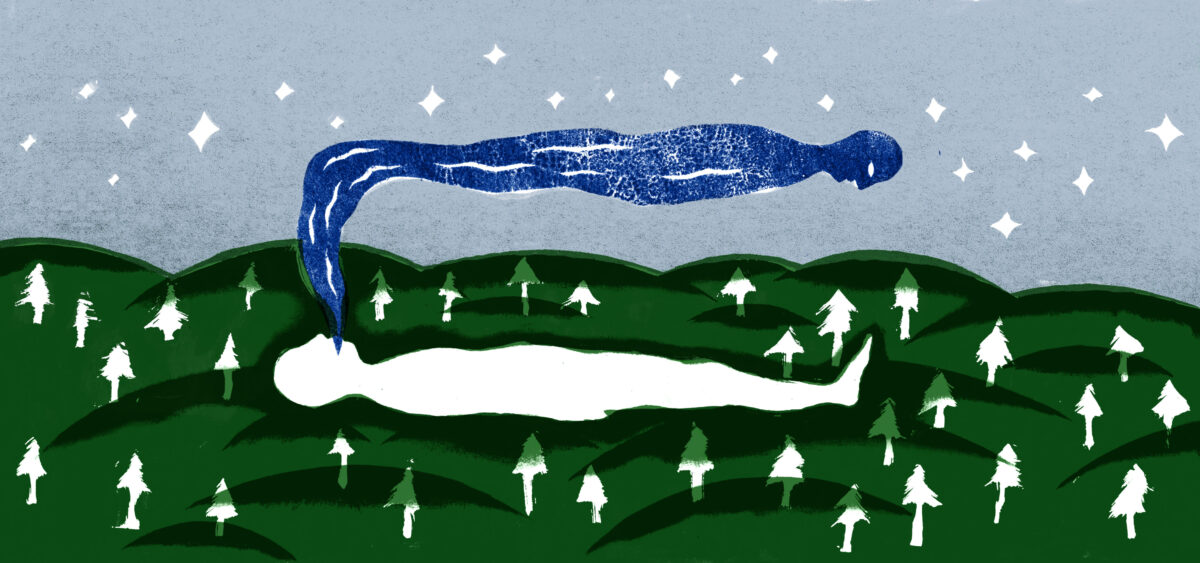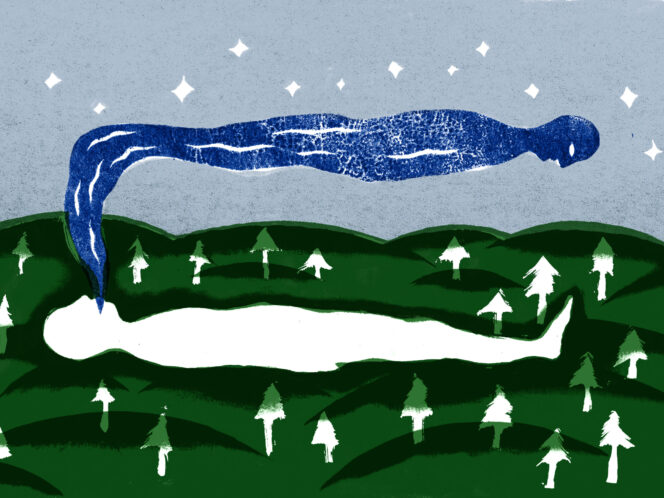
Zero-waste philosophy is great while we’re alive, but what should we do with ourselves once we die? In today’s world, so many of us die that we are running out of space for burying human remains. Funerary revolution seems unavoidable, and it’s already upon us.
Rationalists say that the only thing we can be sure of in life is our own death. This observation – seemingly so unshakeably reasonable – nowadays is worth reconsidering, for two reasons. First, humans have been trying to push the end of life further away since the day it began, and it keeps successfully renegotiating more extended deadlines for this unavoidable event. The numbers of immortalists in modern societies are going up – those people are deeply convinced that the end of life is not at all necessary, so they look for science-based strategies for eliminating death. Youth culture, enmeshed with the cult of youth, is the norm all over the globe. It makes Brazilian 13-year-olds get breast implants, young Korean men undergo painful face liftings, Polish 20-year-olds have fillers injected into their lips, irrevocably changing their facial features. Slightly greying managing directors and fathers of three young children run in marathons. Food concerns tweak the branding of their product lines to make them appear more pro-vitality. And there are plenty young product managers, who want to be successful at work without missing out on the fun, so they have medical workers visit them at home on Sunday mornings to administer IV vitamin drips and get them going. Some people follow the so-called ‘healthy lifestyle’ with ruthless self-discipline that no longer has much to do with either life or health. Modern life seems to be morphing into a game of constant restarting of the body, pushing the pawn back to square one, labelled ‘eternal youth’. There is no space left for death in this picture. Death is an unwelcome guest, the only one who resists endless revitalization.
The second reason to question the inevitability of death is the fact that it seems the only concept regarding our existence that remains so old-fashioned
